Welcome to issue 109 of the Call to Comms!
TSF deployed to Jamaica after Hurricane Melissa hit the island on October 28th.
Sébastien, IT specialist and member of the rapid response team, shared his impressions of the first few days, from assessing the damage to the team's efforts to provide connectivity to humanitarian organizations and affected communities.
Meet Sébastien, IT Specialist Deployed After Hurricane Melissa

“Hi, Seb here from the field.
What areas did you cover?
We've been able to reach the areas affected by Hurricane Melissa. We first went in the South-West to St-Elizabeth and Westmoreland; the level of the damage was huge. Even in previous emergencies like Beryl last year, I have never seen such a scale of destruction.
The area of Black River, where the hurricane made landfall, was called Ground Zero and that's the most accurate way to describe it.
We also went North, near Montego Bay. [There,] the damages were slightly different: mostly floods and mudslides, and less blown-away trees and structures. The area still was badly hit.
“[Without communication,] organizing distributions and letting people know where and when it will take place was an enormous challenge.”
How were communications impacted?
Communication was a major issue there. Kingston was not too much affected, but as soon as we entered the disaster area, network was unreliable. You may have some, you may not, but you just can't count on it. And this was a big deal for the coordination, because the key people were unreachable and/or in movement, making the whole logistics very, very complicated.
We have seen some vehicles here being fitted with satellite systems to compensate for the lack of mobile networks and remain connected while in movement. But even still, organizing distributions and letting people know where and when it will take place [was] an enormous challenge. Communication really was considered as a primary need.
The communities were also very affected; some of the people we met in the affected areas hadn’t been able to communicate since the impact. They were very grateful for the service we provided.
“Ever since the storm [this] is the first time we get signal here. I feel relieved being able to communicate with people. Let them know I'm ok.”
-A community member after accessing the Wi-Fi.
Can you describe the response you’ve provided to the crisis?
We coordinated a lot with the Jamaican Red Cross.
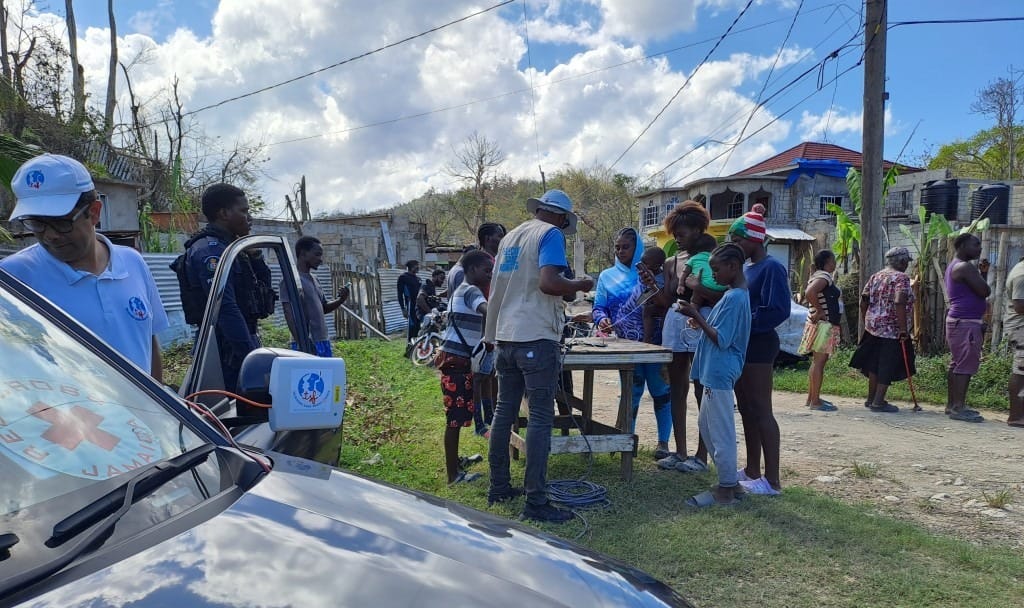
We reconnected three of their regional offices, and we also joined their convoys when they organized distributions so we can provide free WiFi [for communities] at the same time.
This collaboration was helped by the fact that we had an ongoing project with them before the hurricane, and TSF was in Jamaica last July. So we already had the contacts and they knew us. We had to transform our preparedness project into an emergency relief response which is a challenge, but it also demonstrates the usefulness and relevance of such an approach.

We also remain in close contact with the telecom coordination, namely via the Emergency Telecom cluster and CDEMA. Again, past collaboration with CDEMA on previous projects made it easier to directly engage with them. One of the goals was also to identify other actors who organize field activities (distributions for instance) and join them to provide connectivity during their operations.
That's it for me. Stay safe.”
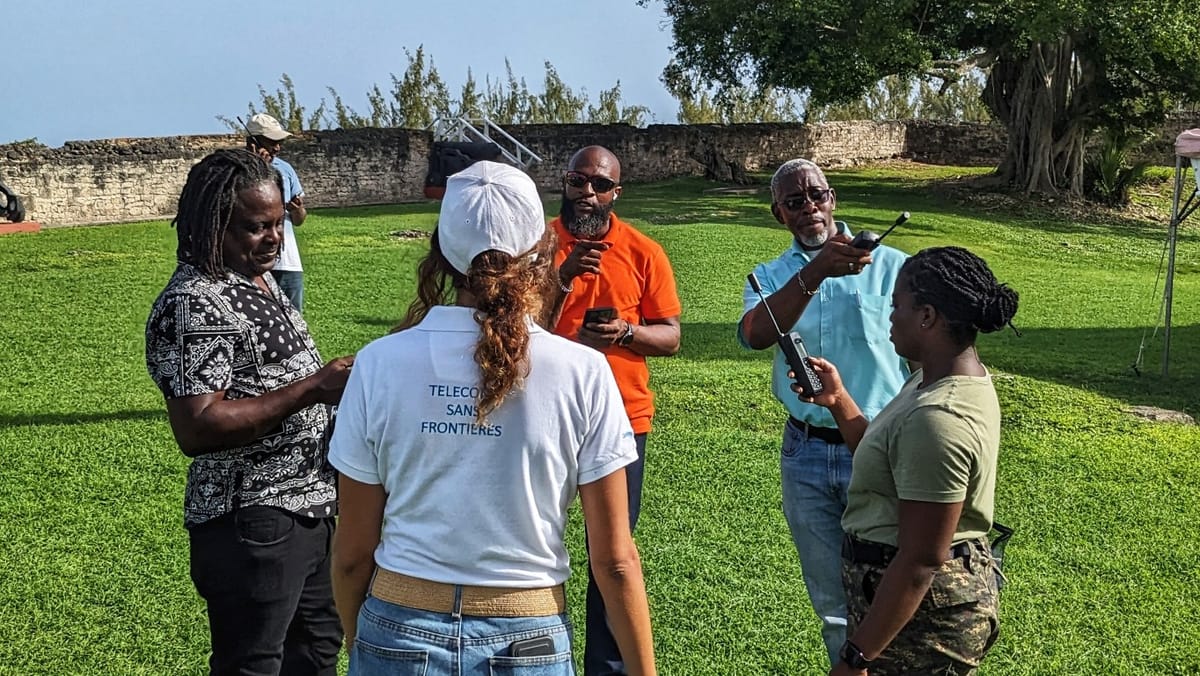
See you in two weeks!
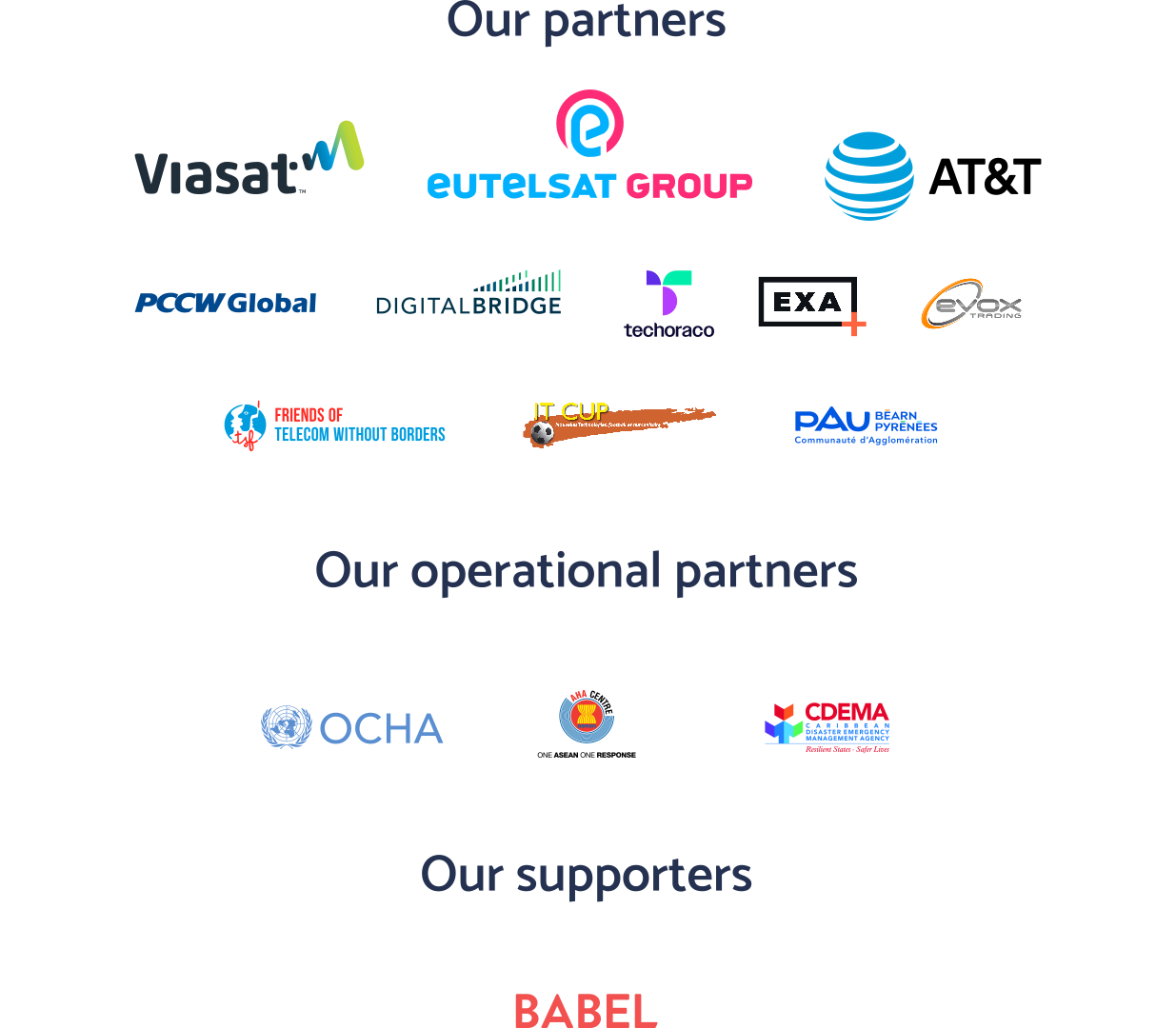




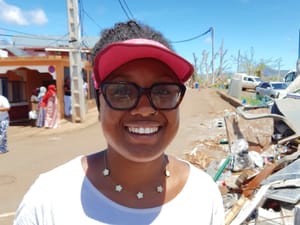
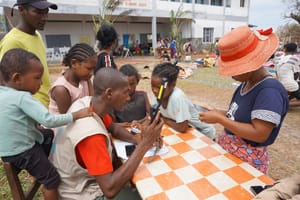
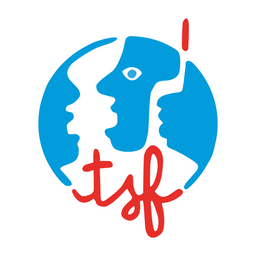
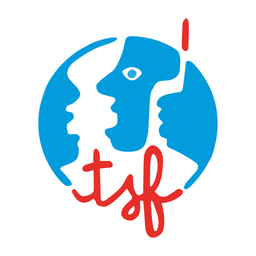
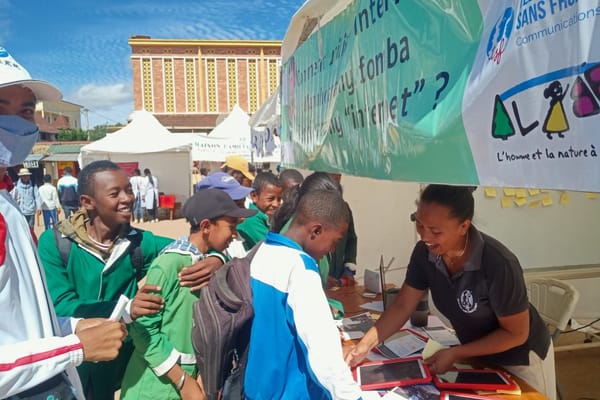


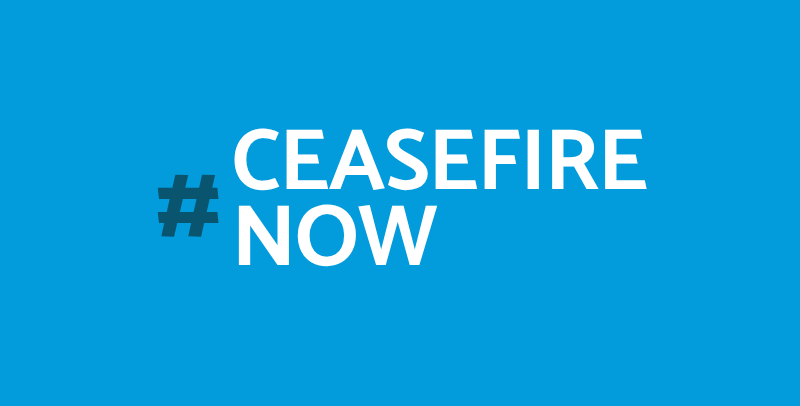

Member discussion